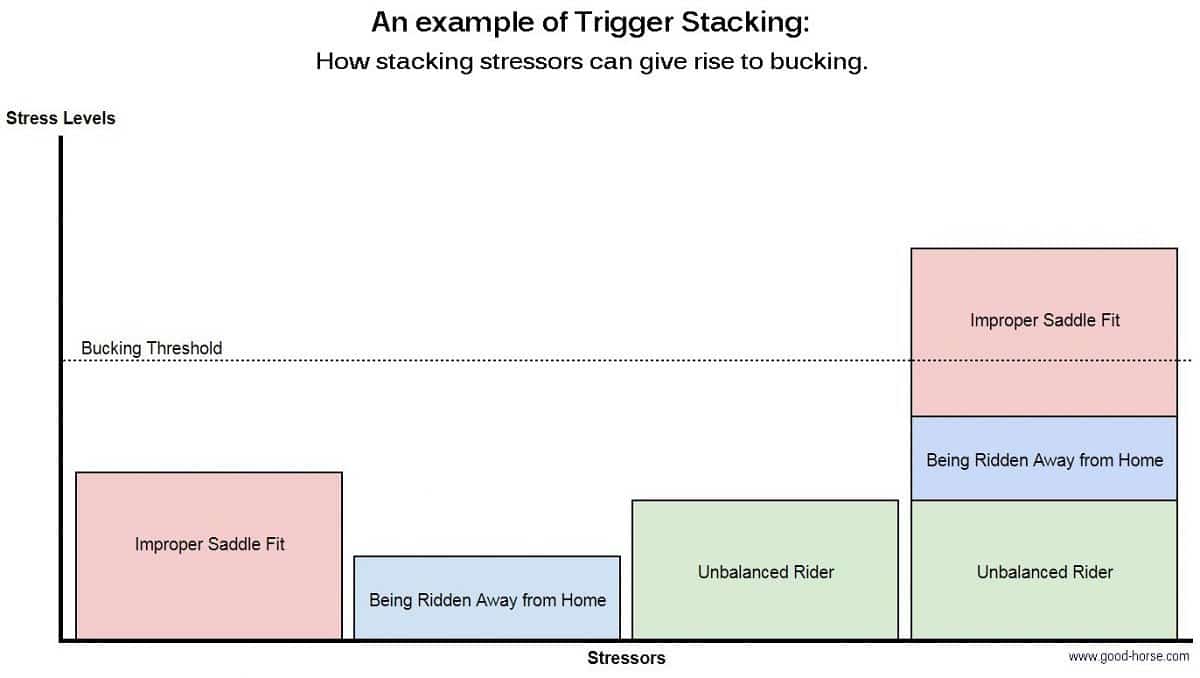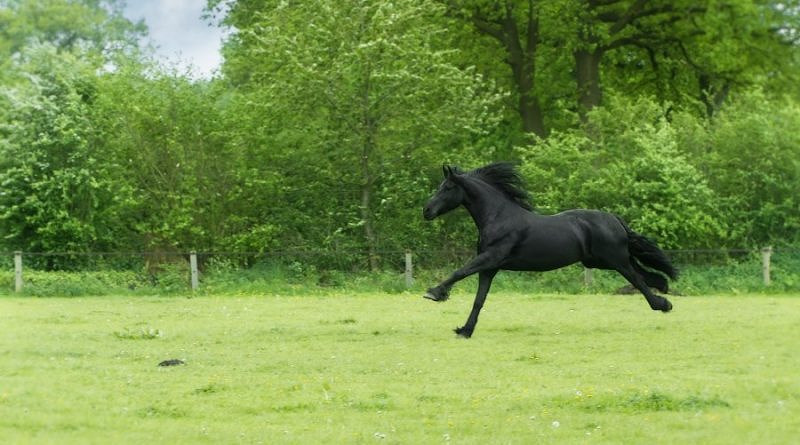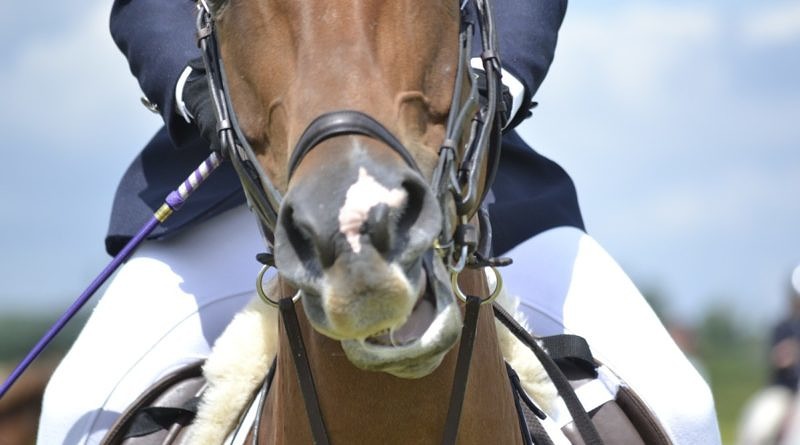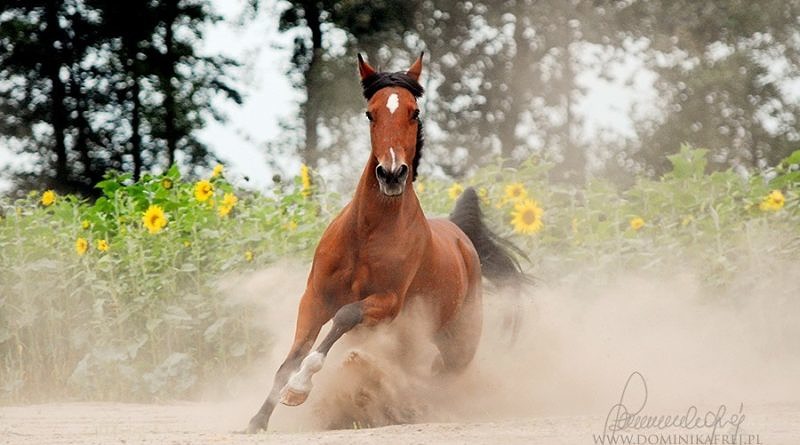Trigger Stacking: how little things add up to cause a big reaction
Explosive behaviour often has multiple underlying causes. The challenge is learning to identify these before they add up and cause a big reaction.
Have you ever had one of those days where nothing seems to go right? Your alarm doesn’t go off and you get up late. In your rush you spill some coffee on your clean shirt and have to go change. You finally make it out of the house only to realise you forgot your phone and have to go back inside yet again. Eventually, after being stuck in traffic and running very late, you make it to work at last. You are just about to get to your desk when a colleague stops you and asks for a favour.
On most days this would be nothing more than a mild annoyance… but today? Today it’s the last straw. You snap and say something to your coworker that you’ll likely regret later.
Your colleague is surprised by your reaction. You’re normally happy to help and she wasn’t asking for anything unreasonable. Later you might decide to apologise to her for overreacting and explain that you were having a bad day…
This sequence of stressful events is known as trigger stacking and it’s something we’ve all experienced. If you’re dealing with just one “trigger” you can simply shrug it off and get on with your day. It’s only when several stressors “stack” on top of each other that you just can’t take it any more and you react.
A lot of the time when a horse displays sudden unwanted behaviour that appears to have come out of nowhere, trigger stacking is to blame.

This chart illustrates one example of how trigger stacking could contribute to bucking behaviour. In this instance we have a horse who is being ridden out and begins to buck. But there isn’t just one simple, direct cause for the behaviour. What’s really happening is that the horse has been exposed to one stressor after the other, and eventually the horse has reached his or her ‘last straw’ – the reactivity threshold – and explodes.
In the bucking example above, the horse’s saddle doesn’t fit properly, causing discomfort, and the rider is unbalanced, which makes the horse even more uncomfortable. On top of that, the horse is asked to move away from home – away from safety and comfort. As a result of all these things added up, the horse is overwhelmed and begins to buck. Every one of these stressors alone or even in pairs would be manageable for this horse, whose bucking threshold is indicated by the dotted line. But put all three together and, for this particular horse, it’s all just too much!
Different horses will have different thresholds at which they’ll ‘snap’, just like humans do. So the dotted line might be higher or lower for some horses. We can also employ various training techniques to raise or lower this threshold.
Some horses will be less affected by certain stressors. For instance, a more confident horse might be far less impacted by being ridden away from home and may therefore be able to tolerate poor riding and a bad saddle, as well as being ridden away from home… But this horse might still snap if an extra stressor was added to the mix such as having been frightened by something earlier that put them on edge before they even came in from the field.
Through appropriate training of the horse, we can minimise the effects of individual psychological stressors. We can also eliminate physical stressors such as poor saddle fit or rider issues with the help of appropriate professionals (saddle fitters, riding instructors, farriers, vets…) and good management practices.
The crucial thing to understand is that the cause of a behaviour (not just bucking!) isn’t always just one thing – and it’s not always something immediate either. Trigger stacking explains many situations where a horse seems to be fine one moment and losing it the next, as well as many instances where the unwanted behaviour isn’t quite as severe.
The greater challenge is to actually identify the several stressors that lead up to the reaction we don’t want. Teaching ourselves to identify and take note of subtler signs of stress is crucial if we want to be able to predict when a horse might be reaching their limit and to control and minimise trigger stacking. Unfortunately, all too often, we have a tendency to try to ignore or work around the ‘smaller’ responses, paving the way for much more serious and ‘explosive’ reactions when the more minor issues are continuously left unaddressed to stack up and eventually overwhelm the horse.
For more on trigger stacking and how to prevent it from causing a big reaction, see: Can we prevent trigger stacking?








Pingback: Why is THAT what scared you?? – Positively Wild Training